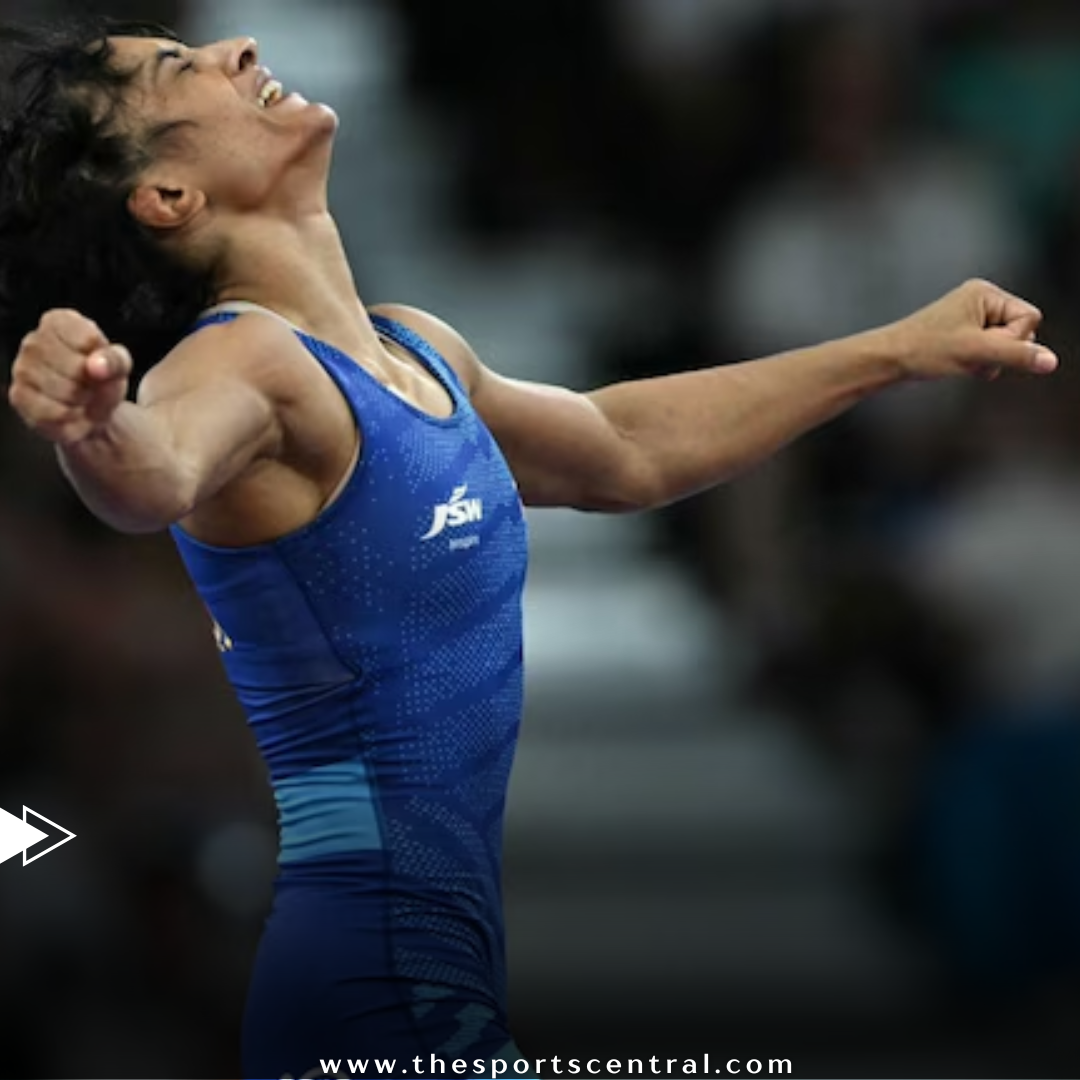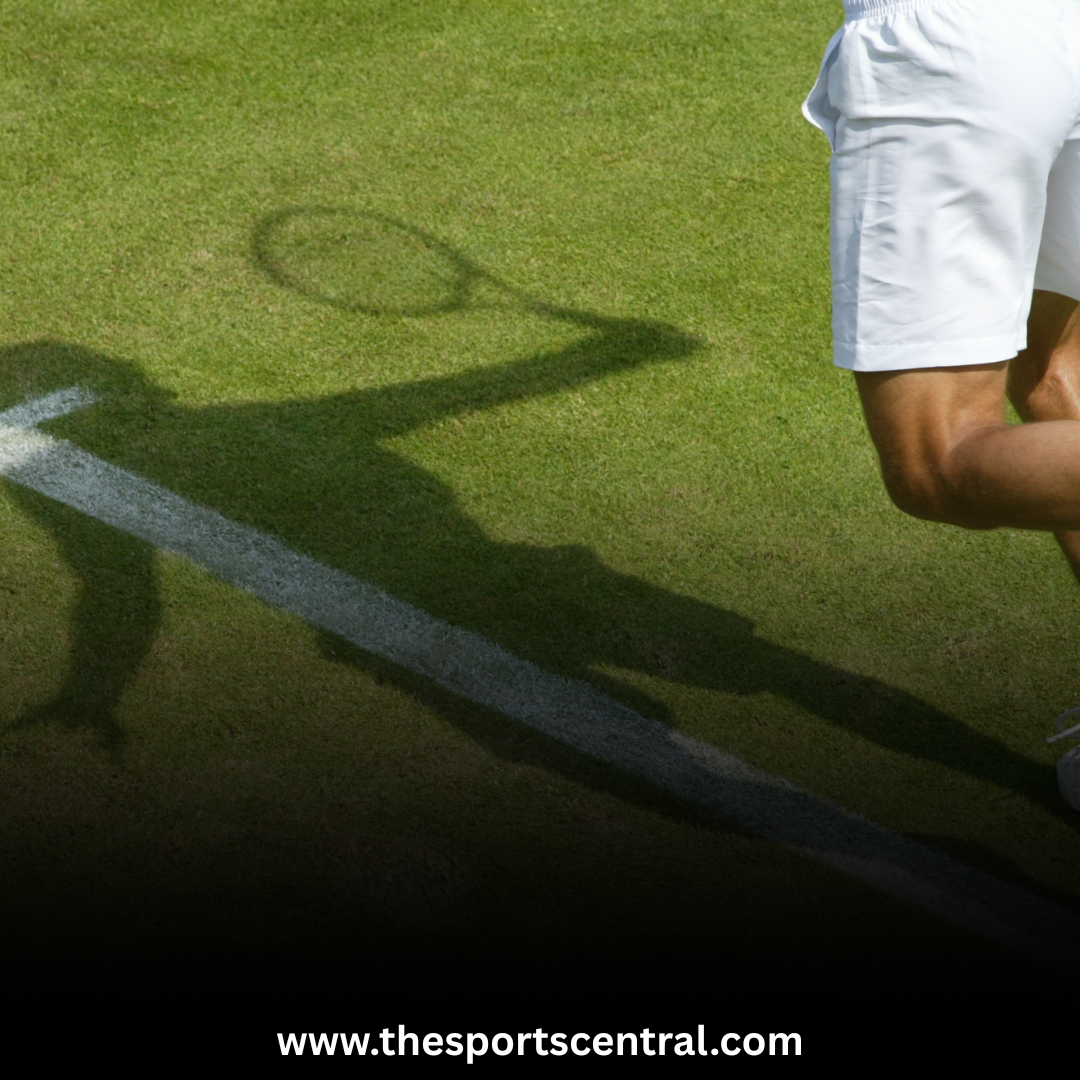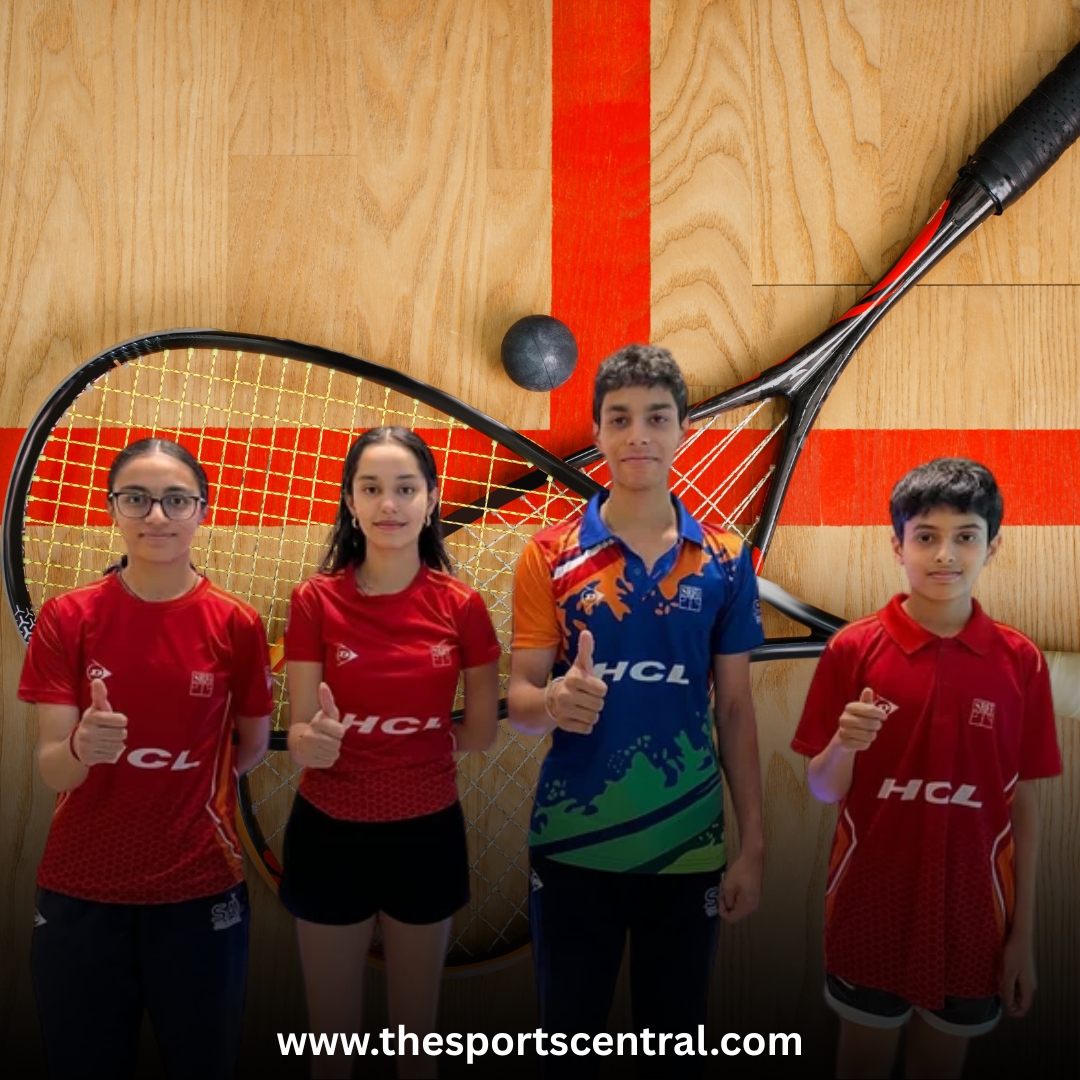India, a country with a population exceeding 1.4 billion, has historically struggled to achieve significant success in the Olympic Games. Despite a rich cultural heritage and a strong tradition of sports, India’s medal tally at the Olympics often pales in comparison to nations with much smaller populations. This article explores the various factors contributing to India’s underperformance in the Olympics, including socio-economic, structural, and cultural challenges.
- Lack of Infrastructure and Facilities
One of the primary reasons for India’s struggles in the Olympics is the inadequate sports infrastructure and facilities. Many athletes lack access to world-class training facilities, modern equipment, and qualified coaches. The availability of specialized sports complexes, gyms, and sports medicine facilities is limited, particularly in rural areas. This lack of infrastructure hampers the ability of athletes to train at the highest level and compete internationally.
Inadequate Training Facilities
For many sports, such as athletics, swimming, and gymnastics, the quality of training facilities can significantly impact an athlete’s performance. In India, the availability of well-maintained tracks, pools, and gymnastics apparatus is scarce. As a result, athletes often struggle to train under optimal conditions, affecting their preparation and performance.
Limited Access to Sports Science
The role of sports science in enhancing athletic performance cannot be overstated. However, in India, access to sports scientists, nutritionists, physiotherapists, and psychologists is limited. This lack of support infrastructure means that athletes often do not receive the comprehensive training and care needed to reach their full potential.
- Lack of Financial Support and Sponsorship
Financial support is crucial for athletes to focus on training and competition without worrying about their livelihood. However, in India, many athletes face financial constraints that limit their ability to pursue sports professionally. The lack of adequate sponsorship and funding from both government and private sectors is a significant issue.
Government Funding
While the Indian government has made efforts to support athletes through initiatives like the Target Olympic Podium Scheme (TOPS) and the Khelo India program, the funds allocated are often insufficient. Moreover, the distribution of funds can be inconsistent, with athletes in less popular sports receiving minimal support. This lack of consistent financial backing makes it challenging for athletes to access the best training and competition opportunities.
Private Sponsorship
Private sponsorship in India tends to focus on cricket, the most popular sport in the country. As a result, athletes in other sports struggle to secure sponsorship deals, making it difficult for them to afford training, equipment, and travel expenses. The lack of sponsorship also affects the overall promotion and visibility of these sports, further limiting their growth.
- Cultural and Social Factors
Cultural and social factors play a significant role in shaping attitudes towards sports in India. In many parts of the country, sports are not considered a viable career option, and there is a strong emphasis on academics. This societal mindset discourages many talented individuals from pursuing sports seriously.
Parental and Societal Pressure
Many parents and societal norms prioritize academic achievements over sports. The perception that sports cannot provide a stable livelihood often leads to a lack of encouragement for children to pursue athletics. This cultural bias results in a limited talent pool, as many potential athletes do not receive the support and motivation needed to excel in sports.
Gender Disparity
Gender disparity is another significant issue in Indian sports. Female athletes often face additional challenges, including societal stereotypes, lack of facilities, and limited support. Despite notable achievements by female athletes in recent years, the overall participation of women in sports remains low. This gender disparity limits the talent pool and reduces the country’s chances of winning medals in various events.
- Administrative and Bureaucratic Challenges
The administrative and bureaucratic structure of sports governance in India is often criticized for being inefficient and plagued by corruption. The lack of professionalism and transparency in sports administration can lead to mismanagement of funds, inadequate support for athletes, and poor planning for international competitions.
Sports Federations and Committees
Many sports federations in India are marred by internal politics and lack of accountability. The selection process for athletes can sometimes be influenced by favoritism rather than merit, leading to the exclusion of deserving candidates. Furthermore, the frequent changes in leadership and policies create instability, affecting the long-term development of sports.
Delayed Decision-Making
The slow decision-making process in sports administration can be detrimental to athletes’ preparation and performance. Delays in selecting teams, arranging training camps, and providing necessary resources can hinder athletes’ ability to train effectively and compete at the highest level.
- Limited Exposure to International Competitions
Exposure to international competitions is crucial for athletes to gain experience and improve their skills. However, Indian athletes often have limited opportunities to compete internationally due to financial constraints and lack of support from sports federations. This lack of exposure puts them at a disadvantage compared to athletes from other countries who regularly compete in high-level competitions.
Importance of International Experience
Competing against top athletes from around the world helps athletes gauge their performance levels and identify areas for improvement. It also provides them with valuable experience in handling pressure and adapting to different conditions. The lack of international exposure for Indian athletes often means they are unprepared for the challenges of competing on the world stage.
Visa and Travel Issues
Indian athletes sometimes face visa and travel issues that prevent them from participating in international competitions. These logistical challenges can disrupt their training schedules and limit their opportunities to gain experience and improve their rankings.
- Lack of Grassroots Development
Grassroots development is essential for nurturing young talent and building a strong foundation for future success. However, India’s grassroots sports programs are often underdeveloped and lack proper funding and infrastructure. The absence of well-structured training programs and coaching at the grassroots level limits the identification and development of young talent.
School and College Sports
School and college sports play a crucial role in developing athletes at a young age. However, in India, the emphasis on academics often means that sports take a backseat. The lack of proper sports facilities and coaching in educational institutions further exacerbates the problem. As a result, many talented athletes do not receive the necessary training and support during their formative years.
Talent Identification and Development
The identification and development of talent at the grassroots level are often inconsistent and inadequate. While some states and regions have established sports academies and training centers, many others lack the resources and infrastructure to support young athletes. This disparity in access to training and facilities limits the pool of athletes who can compete at the national and international levels.
- Psychological and Mental Health Challenges
The mental health and psychological well-being of athletes are crucial factors in their performance. Indian athletes often face immense pressure and expectations, which can lead to stress and anxiety. The lack of access to sports psychologists and mental health support can negatively impact their performance.
Pressure and Expectations
The pressure to win medals and achieve success can be overwhelming for athletes. This pressure is often compounded by the expectations of coaches, family, and fans. The fear of failure and the stigma associated with losing can affect athletes’ mental health and hinder their performance.
Lack of Mental Health Support
The importance of mental health support in sports is often overlooked in India. The absence of sports psychologists and mental health professionals means that athletes may not receive the necessary support to cope with stress and anxiety. This lack of support can lead to burnout and negatively affect their overall well-being.
India’s underperformance in the Olympics can be attributed to a combination of factors, including inadequate infrastructure, financial constraints, cultural biases, administrative challenges, limited exposure to international competitions, lack of grassroots development, and insufficient mental health support. Addressing these issues requires a comprehensive and coordinated effort from all stakeholders, including the government, sports federations, private sector, and society at large.
To improve India’s performance in the Olympics, it is essential to invest in sports infrastructure, provide adequate financial support, promote sports as a viable career option, ensure transparency and professionalism in sports administration, and prioritize the mental health and well-being of athletes. By addressing these challenges, India can nurture and develop its vast pool of talent, paving the way for greater success on the global stage.










